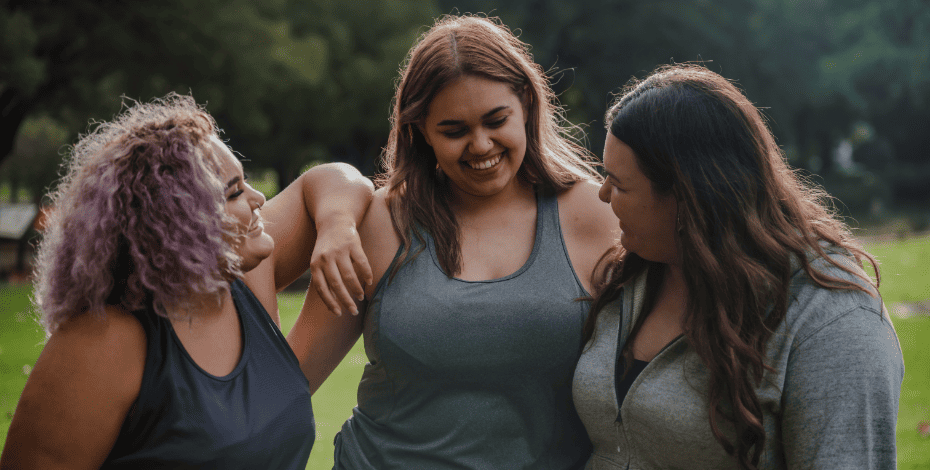
Why Indigenous health needs non-Indigenous allies

Ray Gates explains why non-Indigenous allies are needed to improve the health status of Indigenous peoples now.
Author’s note: for the purposes of this article, the term ‘Indigenous’ is used to refer to Aboriginal and Torres Strait Islander peoples collectively, unless otherwise specified. However, it should be recognised that Aboriginal peoples and Torres Strait Islander peoples are separate, distinct cultural groups.
Disparities and inequities in health status between Indigenous and non-Indigenous Australians are well known and persist despite all best efforts to date.
Within the health arena, many recognise the importance of having services provided to Indigenous peoples by Indigenous peoples in terms of self-determination as well as improved outcomes.
However, the general health workforce—and physiotherapy in particular—doesn’t have enough Indigenous practitioners to facilitate this, nor is it likely to anytime soon.
Let’s look at the numbers.
In 2021, Indigenous peoples in Australia represented about 3.8 per cent of the population (Australian Bureau of Statistics 2023).
At this time there were almost 40,000 registered physios in Australia, of which about 270 identified as Indigenous (Physiotherapy Board of Australia 2024a).
This means that there was about one physio for every 645 Australians.
However, if we look at Indigenous physios for Indigenous peoples, the ratio changes to one for every 3643, a more than fivefold difference.
In June 2024 there were 308 Indigenous physiotherapists in Australia; however, the proportion of Indigenous physios remains about 0.7 per cent of the total profession (Physiotherapy Board of Australia 2024b).
Even if the annual number of new registrations continues to increase at its current rate, it will be many years before this ratio increases significantly.
As primary healthcare providers, physios are often first or second contact providers for people entering the health system.
According to the numbers, Indigenous peoples requiring physiotherapy are far more likely to encounter a non-Indigenous practitioner than an Indigenous one.
We cannot wait for the Indigenous physio workforce to catch up and become equivalent to the non-Indigenous workforce.
If we’re going to see real changes in the health status of Indigenous peoples, we need non-Indigenous physios to be our allies and we need you now.
There are many ways that non-Indigenous physios can become Indigenous allies and help improve the health status of Indigenous peoples. Immediate things you can do include:
- familiarising yourself with the facts—look up statistics and reports on Indigenous health such as reports from the Close the Gap Campaign (Australian Human Rights Commission n.d.) to understand where you, as a physio, might make a difference
- undertaking cultural safety training—understand the current and historical issues that have led to the current inequalities in health and other areas for Indigenous peoples and learn how you can work safely and effectively with these peoples
- joining the conversation—speak to Indigenous and non-Indigenous peers who are already working towards improving the health and wellbeing of Indigenous peoples
- committing to being an Indigenous ally—take personal responsibility for ensuring that you are doing whatever you can to improve the health and wellbeing of Indigenous peoples.
To learn more, visit the APA’s Aboriginal and Torres Strait Islander Hub or reach out to organisations such as Indigenous Allied Health Australia or the National Association of Aboriginal and Torres Strait Islander Physiotherapists or to the author directly at rayg@raygatesphysicaltherapy.com
Quick links:
© Copyright 2025 by Australian Physiotherapy Association. All rights reserved.





